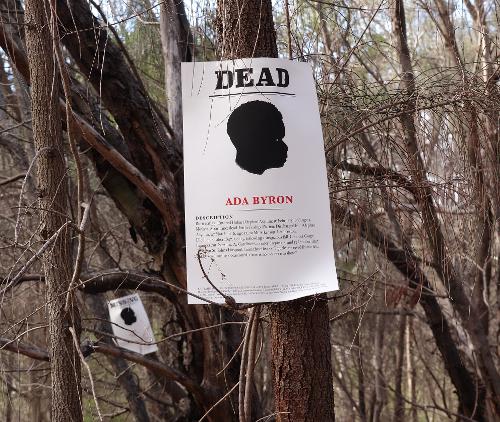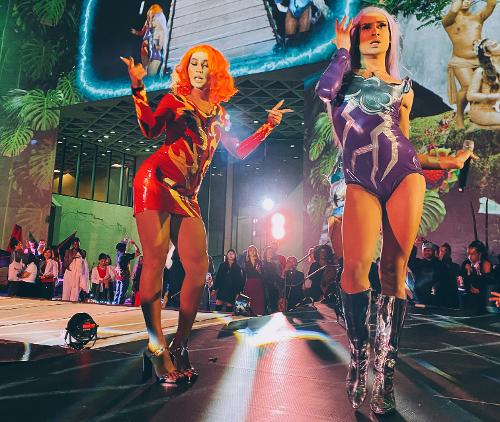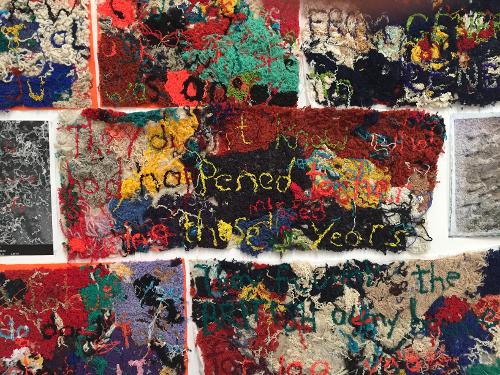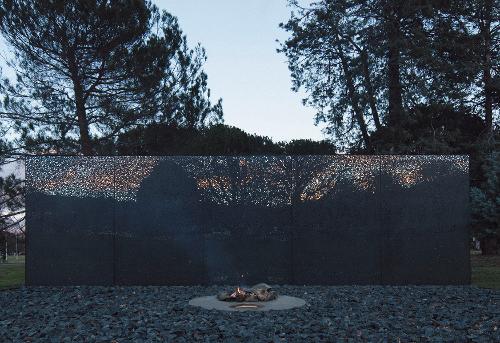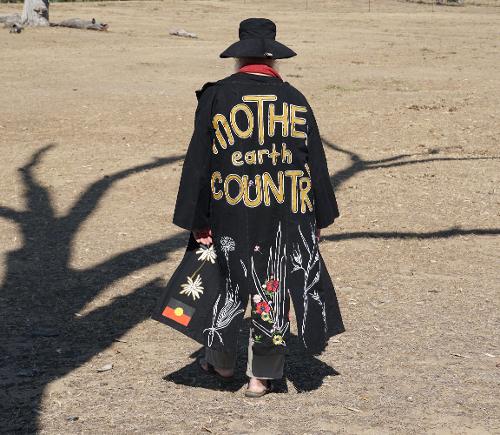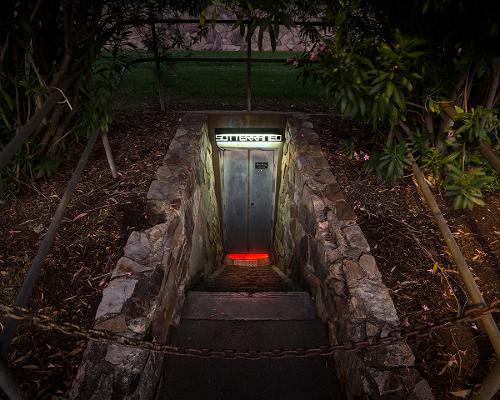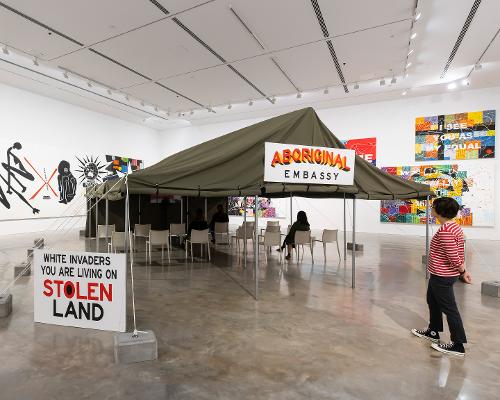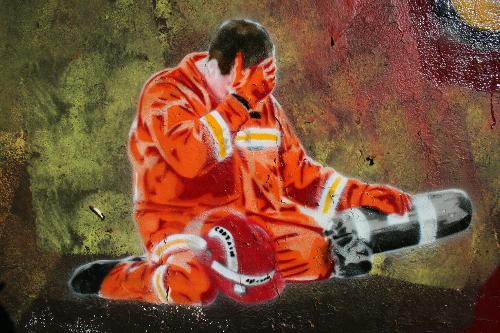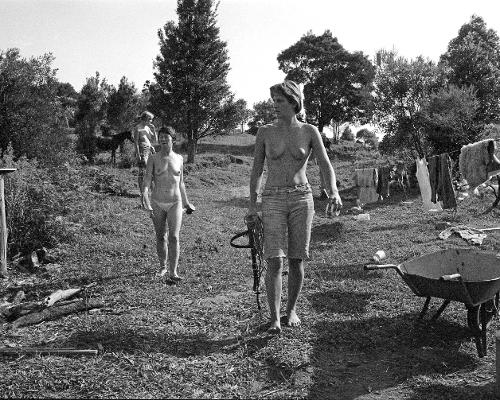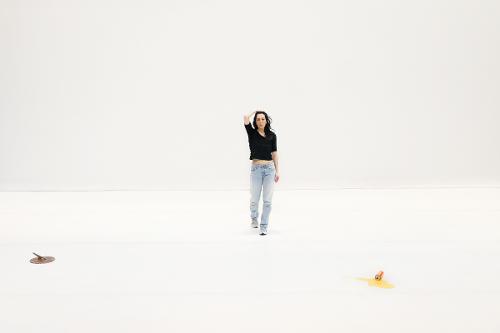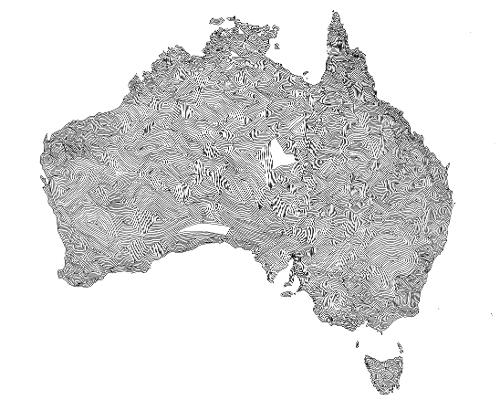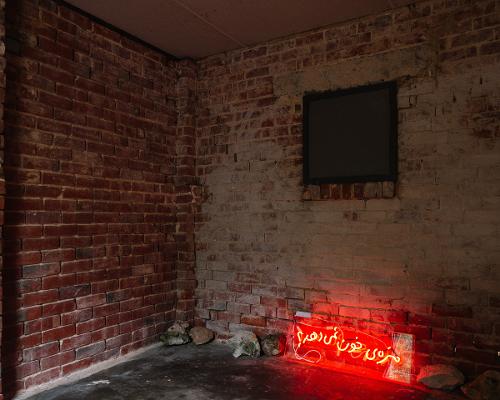Unfettered actions: Sportification, playgrounds and public art
Of the many changes brought about by COVID-19, our forced connection to local public spaces is one of the few positive elements. No longer is there the sense that outdoor play and recreation is something to be taken for granted, instead, it is widely understood as a gift, as a profound release from confinement and isolation. This text examines a series of pre-pandemic artworks conceived before the meaning of outdoor space was so radically recast; it argues that artists working in the public sphere have a lot to teach us about how we might understand play and participation in ways that are especially instructive and helpful for the here and now, as we negotiate ‘COVID normal’. Examining public art works by Ryan Ballinger, Sanné Mestrom, Mike Hewson and Cigdem Aydemir, new thinking emerges in relation to play as an artistic strategy. In particular, to how these artists have ‘made trouble’ for rule-based practices such as competitive sport and leisure, proffering instead an idea of play as anarchic, intuitive and impervious to purposeful denouement.

